Human CX3CL1/Fractalkine ELISA Kit
$299.00 – $419.00
ELISA Kit Detail Information
| Related Target | |
|---|---|
| Species | human |
| Sample Type | Serum, plasma, cell culture supernatant, and other biological samples |
| Sample Volume | 20 μL |
| Sensitivity | 34.45 pg/mL |
| Array Range | 0.16 ng/mL – 10 ng/mL |
| Assay Time | 3.5 h |
| Recovery | 80% – 102% |
| Average Recovery | 88% |
| Intra Precision | 2.1% – 3.6% |
| Inter Precision | 2.6% – 4.4% |
| Plate | Detachable 96-well plate |
| Storage | If the reagent kit is unopened, it should be stored at 4℃. However, if it has been opened, the standard solution should be stored at -20℃, while the other components should be stored at 4℃. |
| Delivery | 4℃ blue ice transportation |
| Components | 96-well polystyrene enzyme-linked immunosorbent assay (ELISA) plate coated with anti-CX3CL1 monoclonal antibody Human CX3CL1 freeze-dried standard CX3CL1 detect Antibody Standard Diluent HRP-labeled streptavidin Assay Buffer(10×) Substrate TMB Stop Solution Washing Buffer(20×) Sealing Film |
| Assay Principle | This kit utilizes the double antibody sandwich enzyme-linked immunosorbent assay (ELISA) detection technique.Specific anti-human CX3CL1 antibodies are precoated on a high-affinity ELISA plate. Standard samples, test samples, and biotinylated detection antibodies are added to the wells of the ELISA plate. After incubation, CX3CL1 present in the samples binds to the solid-phase antibodies and the detection antibodies. After washing to remove unbound substances, streptavidin-HRP labeled with horseradish peroxidase is added. After washing, the TMB chromogenic substrate is added, and color development is carried out while avoiding light. The intensity of the color reaction is directly proportional to the concentration of CX3CL1 in the samples. A stop solution is added to terminate the reaction, and the absorbance value is measured at a wavelength of 450 nm (with a reference wavelength range of 570-630 nm). |
Related Targets
CX3CL1
CX3CL1 Target Infomation Overview
- Target Symbol: CX3CL1, C-X3-C motif chemokine ligand 1
- Gene Groups: Chemokine ligands
- Alias: NTN; C3Xkine; ABCD-3; CXC3C; CXC3
- Previous Names: SCYD1
- Alias Names: fractalkine; neurotactin; small inducible cytokine subfamily D (Cys-X3-Cys), member 1 (fractalkine, neurotactin); chemokine (C-X3-C motif) ligand 1
CX3CL1, C-X3-C motif chemokine ligand 1 Target Infomation by Species
- Human
- Mouse
- Rat
Human CX3CL1 Target Information
- Target Symbol: CX3CL1, C-X3-C motif chemokine ligand 1
- Alias:
- ABCD-3
- C-X3-C motif chemokine 1
- C3Xkine
- chemokine (C-X3-C motif) ligand 1
- CX3C membrane-anchored chemokine
- CXC3
- CXC3C
- fractalkine
- neurotactin
- NTN
- NTT
- SCYD1
- small inducible cytokine subfamily D (Cys-X3-Cys), member 1 (fractalkine, neurotactin)
- small inducible cytokine subfamily D (Cys-X3-Cys), member-1
- small-inducible cytokine D1
- NCBI_Gene: 6376
- UniProtKB: P78423
Human CX3CL1 Predicted Functions
Enables signaling receptor binding activity. Involved in several processes, including regulation of cell migration; regulation of gene expression; and regulation of signal transduction. Located in cell surface; extracellular region; and membrane. Is integral component of membrane. Implicated in Cor pulmonale and common cold. Biomarker of several diseases, including chronic fatigue syndrome; myositis (multiple); polyarteritis nodosa; pulmonary hypertension; and rheumatoid arthritis.
Mouse Cx3cl1 Target Information
- Target Symbol: Cx3cl1, chemokine (C-X3-C motif) ligand 1
- Alias:
- AB030188
- AI848747
- CX3C
- D8Bwg0439e
- DNA segment, Chr 8, Brigham & Women’s Genetics 0439 expressed
- expressed sequence AI848747
- fractalkine
- hypothetical protein, clone 1-53
- neurotactin
- Scyd1
- small inducible cytokine subfamily D, 1
- NCBI_Gene: 20312
Mouse Cx3cl1 Predicted Functions
Enables CX3C chemokine receptor binding activity and chemokine activity. Acts upstream of or within several processes, including angiogenesis involved in wound healing; leukocyte chemotaxis; and negative regulation of extrinsic apoptotic signaling pathway in absence of ligand. Located in several cellular components, including cell surface; neuron projection; and neuronal cell body. Is expressed in several structures, including brain; genitourinary system; gut; nose; and respiratory system. Human ortholog(s) of this gene implicated in Cor pulmonale and common cold. Orthologous to human CX3CL1 (C-X3-C motif chemokine ligand 1).
Rat Cx3cl1 Target Information
- Target Symbol: Cx3cl1, C-X3-C motif chemokine ligand 1
- Alias:
- C-X3-C motif chemokine 1
- chemokine (C-X3-C motif) ligand 1
- Cx3c
- CX3C membrane-anchored chemokine
- fractalkine
- neurotactin
- Scyd1
- small inducible cytokine subfamily D 1
- small inducible cytokine subfamily D, 1
- small-inducible cytokine D1
- NCBI_Gene: 89808
Rat Cx3cl1 Predicted Functions
Enables chemokine activity. Involved in several processes, including positive regulation of cell population proliferation; regulation of gene expression; and regulation of signal transduction. Located in several cellular components, including neuron projection; neuronal cell body; and perinuclear region of cytoplasm. Used to study acute pancreatitis; ischemia; and status epilepticus. Biomarker of several diseases, including borna disease; brain disease (multiple); liver disease (multiple); lung disease (multiple); and pulmonary hypertension. Human ortholog(s) of this gene implicated in Cor pulmonale and common cold. Orthologous to human CX3CL1 (C-X3-C motif chemokine ligand 1).

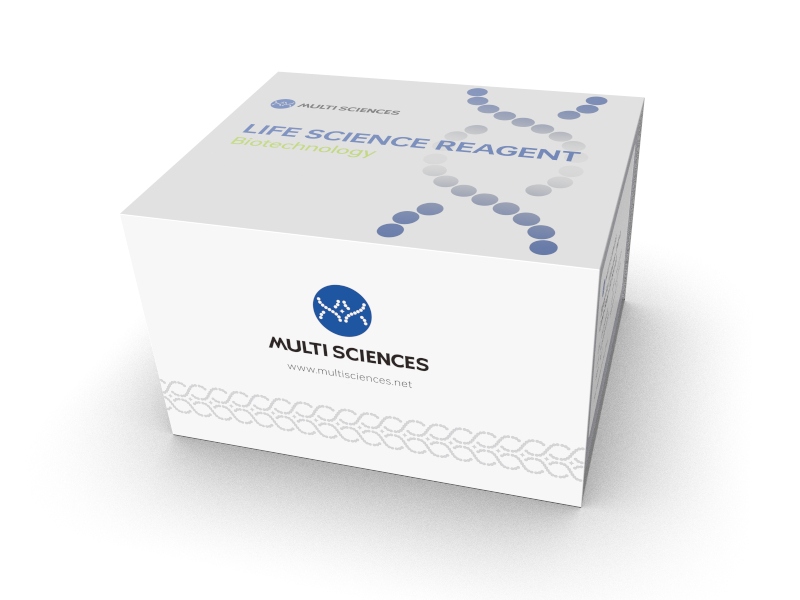
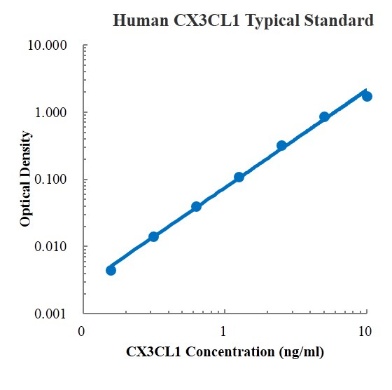
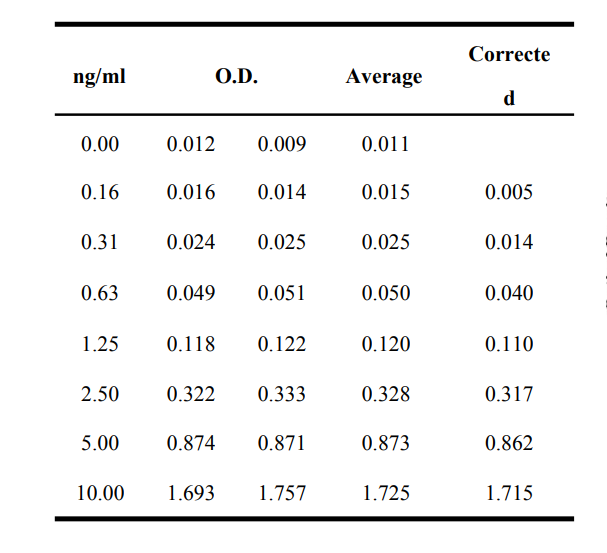

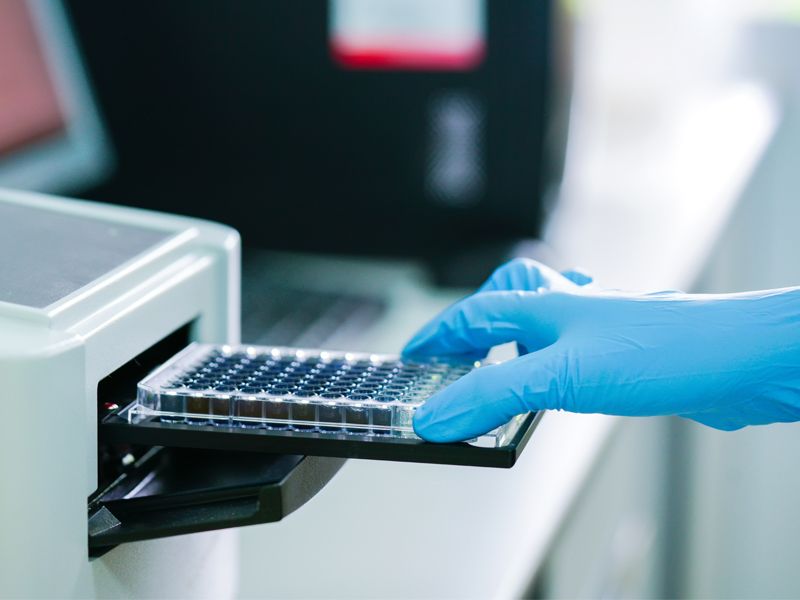

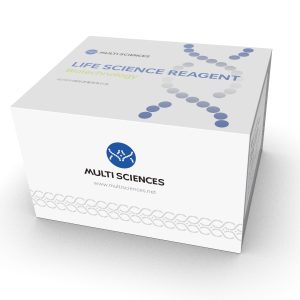
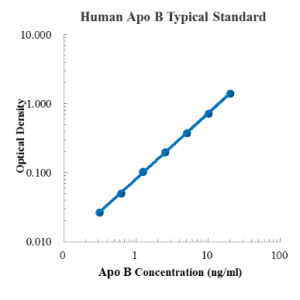
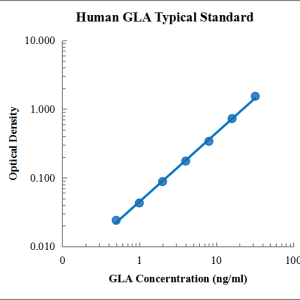
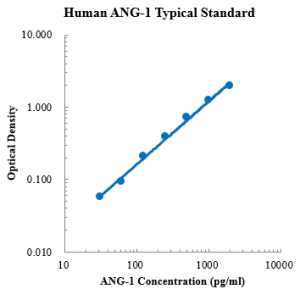
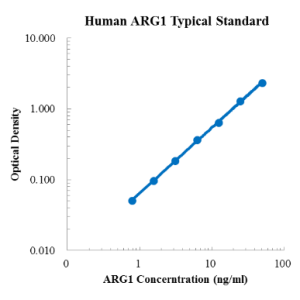
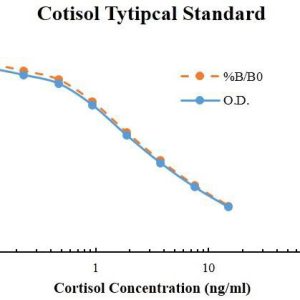
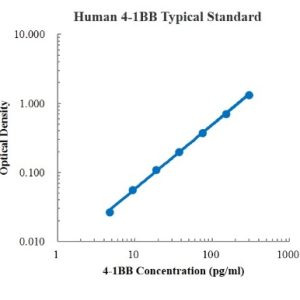
Reviews
There are no reviews yet.